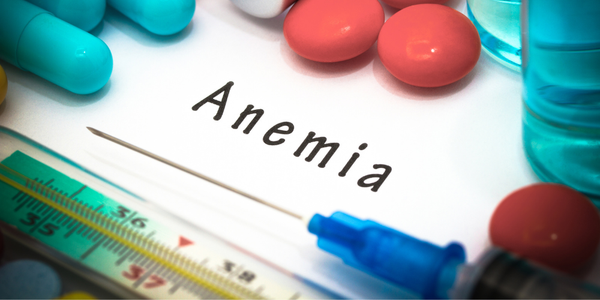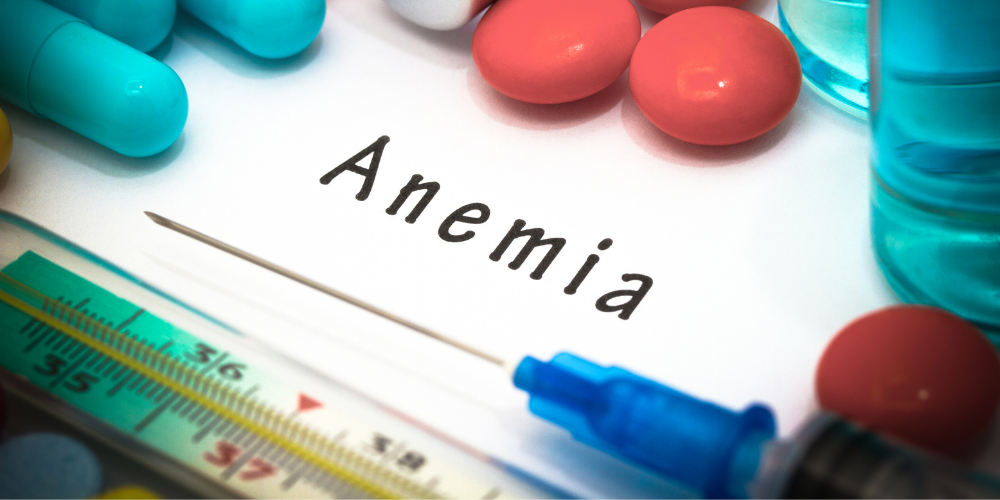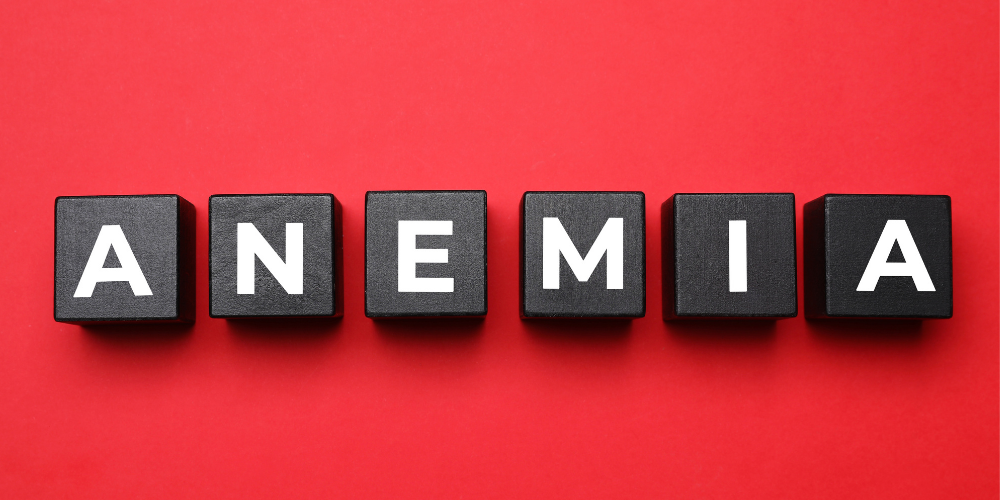
Megaloblastic anemia: what it is, causes, and how to treat it

When we think of anemia, we immediately associate it with iron deficiency. In reality, not all forms of anemia are due to this mineral. One example is megaloblastic anemia , a condition that primarily results from a vitamin B12 or folate deficiency.
Why it manifests itself
Vitamin B12 and folate are essential nutrients for DNA synthesis . When their intake is insufficient, the body is unable to produce red blood cells properly, resulting in anemia.
The most common causes are:
-
vitamin B12 deficiency , present almost exclusively in foods of animal origin;
-
folate deficiency , also contained in vegetables but often reduced due to cooking and storage;
-
difficulty absorbing these vitamins at intestinal level.
Food and supplements
Vitamin B12 is found only in meat, fish, eggs, and dairy products. Those who completely exclude these foods (for example, in a vegan diet) should consider taking a specific supplement, with the help of their doctor.
Folates , on the other hand, are found in green leafy vegetables, legumes, fruits, and grains. However, they are sensitive nutrients: heat, light, and cooking processes can reduce their availability. For this reason, supplementation can be helpful. It's important to remember that the most effective form is 5-methyltetrahydrofolate , the only one that is already active and immediately usable by the body.
How to deal with it
Prevention and treatment of megaloblastic anemia therefore involve:
-
a balanced diet, rich in sources of vitamin B12 and folate;
-
a targeted supplement, chosen with the help of a doctor, to ensure an adequate and bioavailable intake.


